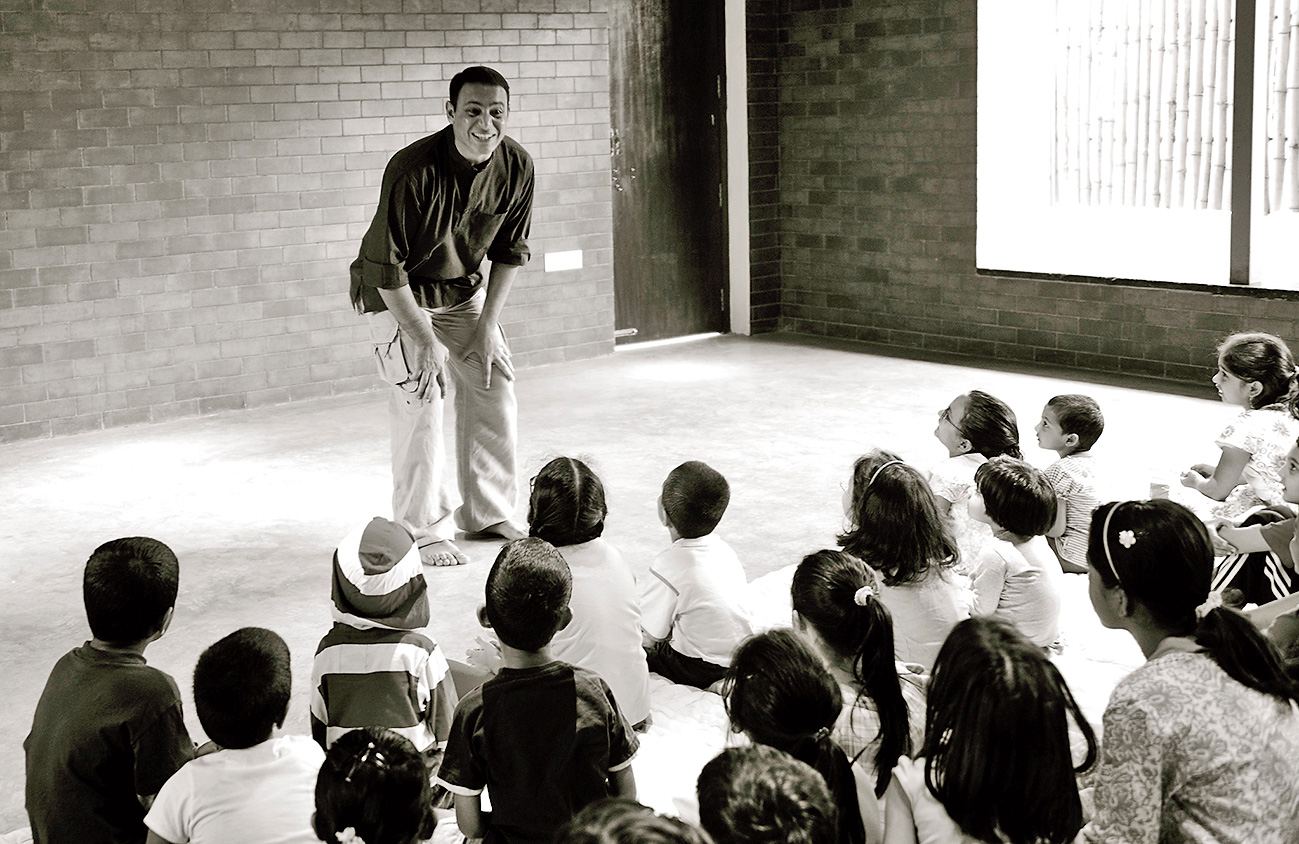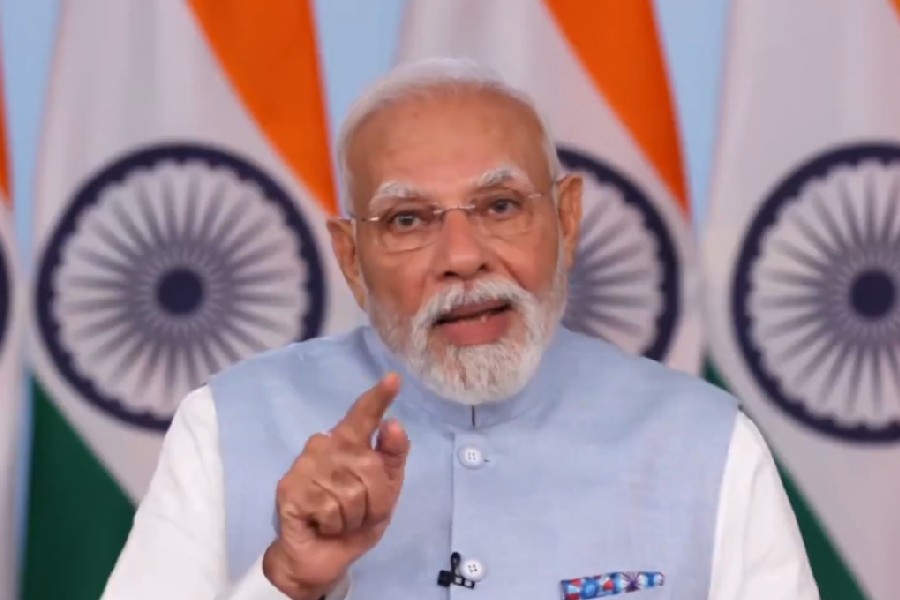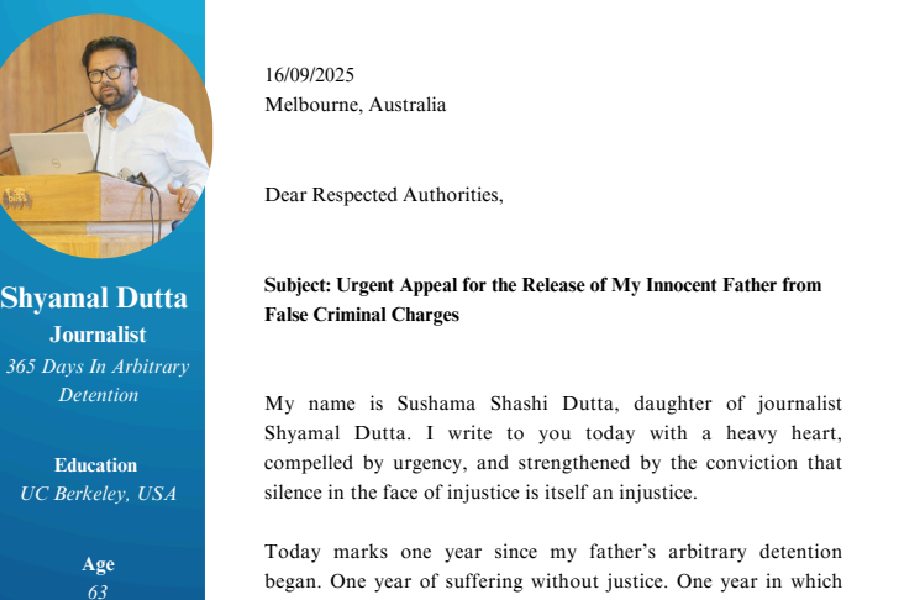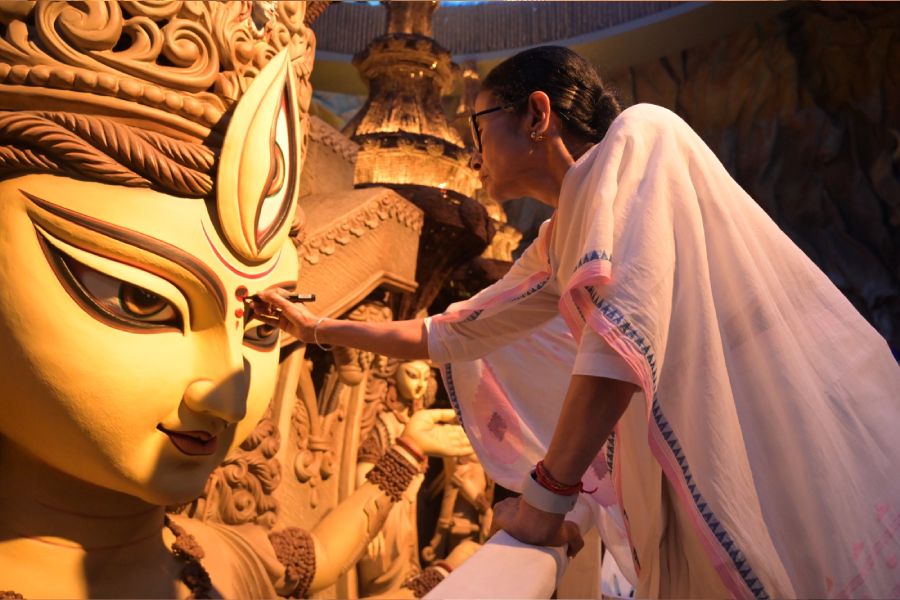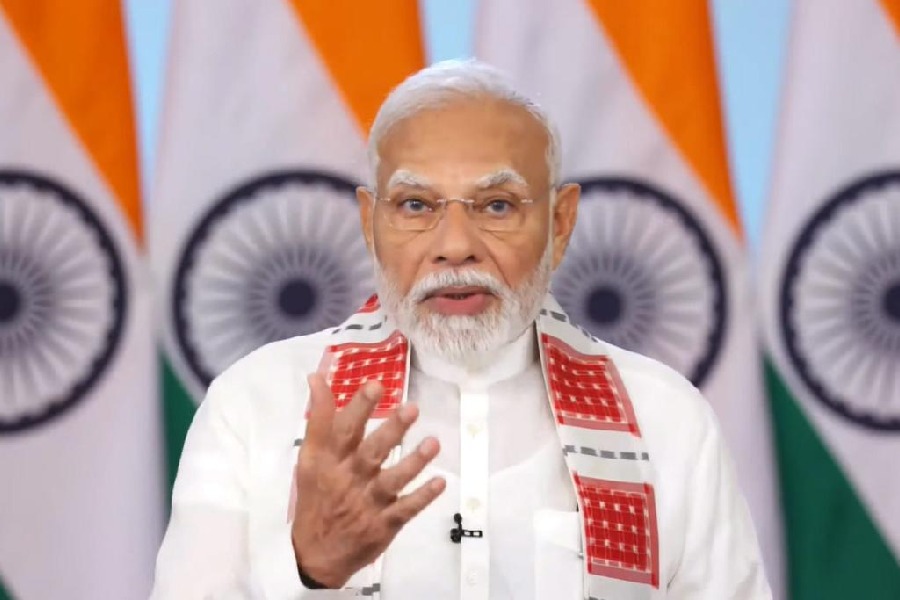Ameen Haque is narrating a folktale to a group of gawking children. He modulates his voice, alters his facial expression with every new sentence and draws imaginary homes and trees in the air with his flailing hands, whenever the situation demands. Even the most restless child in the group is all attention.
“For a storyteller, body language and voice are the most important props. You don’t need much else,” says the founder of Storywallahs, explaining why he doesn’t use props.
Haque set up Storywallahs in Bangalore six years ago. According to its website, the organisation believes stories are the best way to inspire, motivate and teach.
However, this is no one-off initiative. A lot of professionals from across streams are engaged in similar efforts — part-time as well as full-time.
Shreya Biswas grew up in Calcutta, cocooned by adoring grandparents who regaled her with folktales and classics alike. The Bangalore resident says it pains her to see that current generations are strangers to this cultural treat. She says, “It’s a loss that our children may never understand. It is difficult to appreciate the beauty of listening to a story when you are happy watching television or playing games on your mobile.”
In 2014, Biswas set up Katharangam. Its objective was to recreate that lost childhood experience. “The storytellers may not bring the warmth of a grandparent, but we can certainly try and fill the gap as far as the stories are concerned,” he says.
Bangalore and Chennai are leading the charge in this tell-a-tale movement. Says Geeta Ramanujam, founder of Kathalaya, also based in Bangalore, “The culture of organised storytelling is quite prevalent in the West. Now that more and more parents travel abroad, they want similar exposure for their children.” Then she happily adds: “The growth of professionals in the field has been exponential.”
It is not that other parts of India are bereft of storytellers. “Bengal has a rich tradition of children being brought up on stories by the elders at home, but not many have taken it up as a career, nor was there much scope.
But the scenario now is different,” says Kavita Gupta, who is a professional storyteller from Calcutta.
Talking about her organisation, Mirror Workshops, which holds theatre and storytelling workshops for children, she says that as opposed to one or two storytelling opportunities a few years ago, her hands are now full. “Schools, housing societies, special schools, the list is endless. People now understand the positive effects of storytelling,” she adds.
Indeed, storytellers often cite studies to claim that children who listen to stories the traditional way are better at comprehension, more fluent in languages and have a sharper memory as compared to those who do not have such an exposure.
Kathalaya has trained around 70,000 people in the art. It even offers a diploma course. “Not everybody becomes a storyteller. Many of the people we train are parents who just want to learn this art,” says Ramanujam.
As for storytelling itself, these professionals are no sticklers for the notion that a story can be told only to children. Biswas says she holds regular sessions for software professionals, executives of retail giants and many others. “It is almost like a motivational class. You have a story and a moral,” she says.
In 2017, Storywallahs, in association with a telecom company, went in search of talented storytellers in old-age homes and housing societies across the country. Says Ameen Haque, “That was quite an experience and it became evident that when it comes to telling a story, it is hard to beat the greyheads.”

